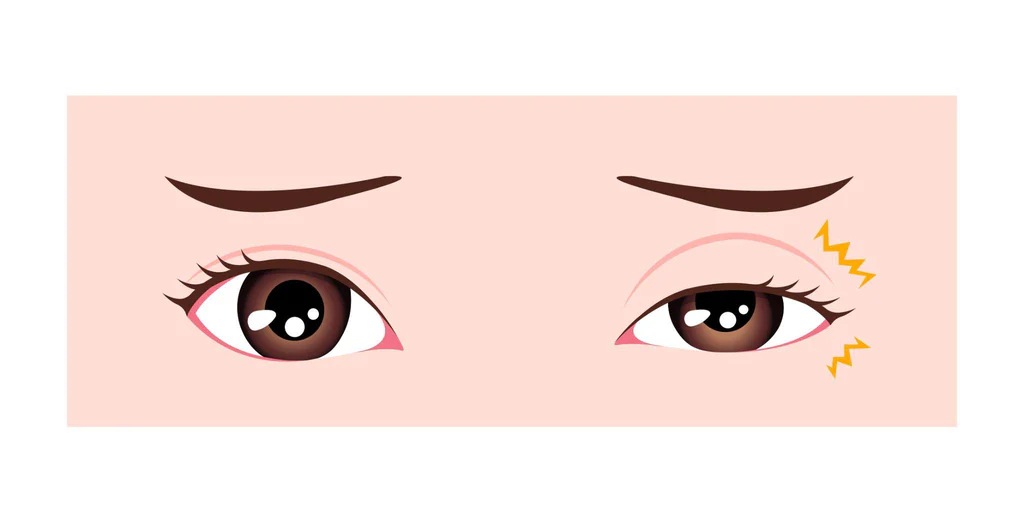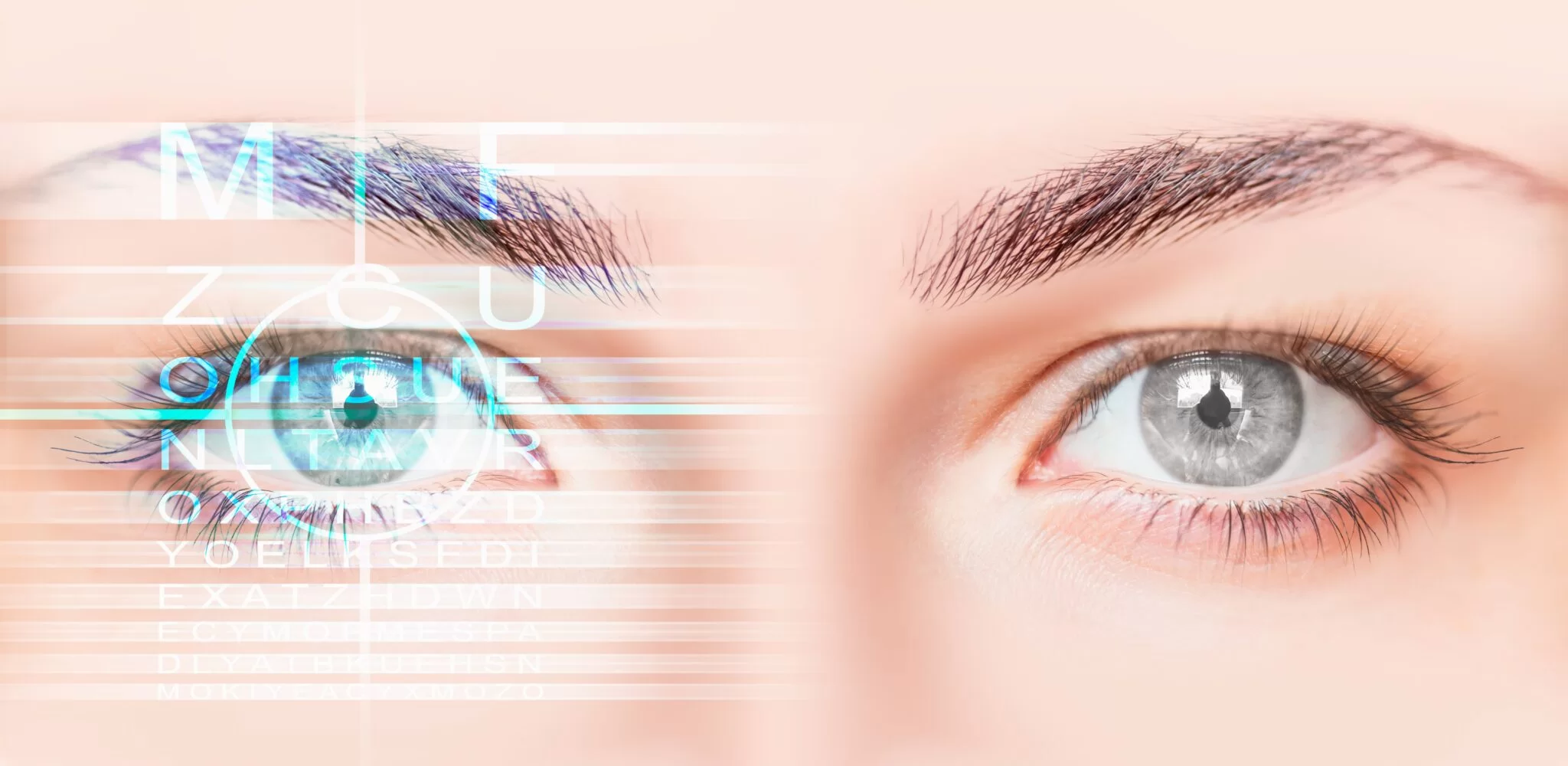QUICK APPOINTMENT FORM

What is a Trifocal Intraocular Lens?
Premium intraocular trifocal lenses are intraocular lenses that help you see clearly at near, medium and far distances without glasses. While single-focal lenses make the use of close glasses necessary, trifocal lenses offer the user the chance to see in three foci. This eliminates the need for glasses. The fact that it is trifocal allows patients to perform far, middle and near distance activities without glasses.
Who Can Wear Trifocal Lenses?
Premium intraocular trifocal lenses are generally applied to patients aged 50 and over with cataracts. It is also used for patients with distance or near vision problems. The eye structure of these patients must be suitable for lenses.
During cataract surgery, the patients’ natural lens is removed. Premium intraocular trifocal intraocular lenses are used instead. Since these lenses are lifelong, the patient can use them for many years without any problems. The surgical technique applied during the fitting of the lenses is the Phaco method. This cataract surgery has an extremely high success rate. Mild sedatives can be administered to patients during drip surgery.

Are Trifocal Intraocular Lenses Replaced?
Intraocular trifocal lenses are not recommended to be replaced unless any medical disease occurs. For this reason, your doctor gives detailed information about which lens will be used before cataract surgery. It is an extremely important and one-time decision. However, these smart lenses will not be suitable for every patient. Therefore, it is extremely important to choose the appropriate lens for the patient. In this respect, the experience of the doctor should also be given due importance.

Who Should Not Wear Smart Lenses (Trifocal)?
Smart trifocal lenses are not suitable for all patients. These lenses should not be applied especially to the following patients:
- Those with severe dry eye structure
- People with yellow spot disease
- People with retinal problems due to diabetes
- People with retinal and macular disease
- Glaucoma
- People with uveitis
Although trifocal lenses are not suitable for these people, cataract and other eye treatments of these people can be done in different ways. These are lenses that can be applied to cataract patients who do not have this problem and are over the age of 50.
Features of Intraocular Lenses
Intraocular trifocal lenses are acrylic lenses that help to see far, medium and near distances without glasses. These lenses are lifelong and are worn permanently. Unless there is a very serious disease condition, removal of the lens is not recommended by the doctor. Before using trifocal lenses, also known as smart lenses, the patient is evaluated in detail. The general condition and eye structure of the patient are examined in detail whether they are suitable for these lenses or not. For suitable patients, it is important that these lenses are fitted by experienced surgeons. This is important for both patient satisfaction and the success of the operation.
These lenses focus the light coming on itself to different focal points. These lenses have rings on them that have the ability to focus light to different points. The light refracting power of each of these rings is also different. In this way, people can see both far and close distances comfortably.
The most basic area of use is patients with cataract surgery. The second is patients who do not have cataract but have difficulty in seeing far and near distances without glasses. Regardless of the situation, the procedures for premium intraocular trifocal lenses are the same. It is applied by surgically removing the natural lens in the eye and replacing it with these lenses. The inserted smart lenses remain in the eye for a lifetime. In other words, like other contact lenses, they are not lenses that need to be constantly removed and reinserted by the patient.
Who are Trifocal Lenses Suitable for?
Intraocular trifocal lenses are applied to patients with high eye degrees and patients with cataract problems. These people can use smart lenses when they want to lead a life independent of glasses. It can be said that the satisfaction rate with smart lenses is high, especially for patients with hyperopia. The surgery of these lenses is not performed for everyone. For this reason, details such as the patient’s profession, age, eye number, and expectations from the surgery are taken into consideration when deciding on the operation.
These lenses are made of acrylic or silicone materials. They are designed in a way that people can use them throughout their lives. In this way, they have a structure that does not deteriorate in the eye for a lifetime. However, it is important that the doctor who will perform the application has high experience.
Intraocular Trifocal Lens Prices in Turkey
Premium smart trifocal lens prices vary depending on the type of lens to be used and the operation to be performed. The treatment plan to be created by our specialist ophthalmologist depending on the detailed examination results may vary from person to person.
Please click here to read our article with the list of intraocular lens surgery 2025 prices.
The above information is for informational purposes. If you have any medical concerns or questions, please make an appointment with our ophthalmologists.
Cataract:During cataract surgery, the natural lens is removed and replaced with a trifocal lens. In this way, both cataract is treated and a clear vision is provided at all distances.
Presbyopia: Trifocal lenses are ideal for correcting this condition, which starts after the age of 40 and causes near vision problems.
Far and Near Vision Impairment: Trifocal lenses can also be used in eye defects such as myopia (nearsightedness) and hyperopia (farsightedness).
Glasses and Contact Lens Addiction: For individuals who do not want to wear glasses or contact lenses in daily life, trifocal lenses can largely eliminate the need for glasses.
These lenses are made of acrylic or silicone materials. They are designed in such a way that people can use them throughout their lives. In this way, they have a structure that does not deteriorate in the eye for a lifetime. However, it is important that the doctor who will perform the application has high experience.



















